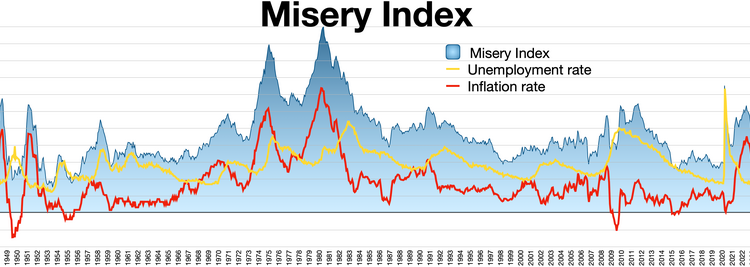A shared struggle: How child care expenses are burdening American families
- Child care costs have risen faster than inflation, now exceeding housing costs.
- The average cost of care for one child is $11,582, consuming a significant portion of family income.
- Child care is labor-intensive and lacks productivity gains, making it increasingly expensive.
- There is a shortage of child care workers due to low pay and high demand.
- Both candidates agree on the need for increased government investment in child care.
During a recent debate, vice-presidential candidates Sen. J.D. Vance and Gov. Tim Walz highlighted the pressing issue of skyrocketing child care costs, a concern that transcends party lines. Walz emphasized that businesses often prioritize child care and housing over taxes when discussing their challenges. Vance echoed this sentiment, noting that many young families feel trapped between work and child care responsibilities. nnIn 2023, the average cost of child care for one child reached $11,582, which represents 10% of income for married households and a staggering 32% for single parents. This is significantly above the Department of Health and Human Services’ benchmark for affordability, which is set at 7% of household income. nnSeveral factors contribute to the high costs of child care, none of which relate to the wages of child-care workers, who earned a median annual salary of just $30,370 last year. The child care sector is labor-intensive and struggles to achieve productivity gains, with wages accounting for 60-85% of expenses. This lack of efficiency leads to rising costs that consume a larger share of family incomes. nnAdditionally, the supply of child care is inadequate, as low wages deter potential workers from entering the field. While some states are implementing government-funded universal pre-K programs, care for infants and toddlers remains scarce. Both candidates stressed the importance of addressing child care issues from both supply and demand perspectives. nnVance suggested that increasing government funding for non-center-based care could alleviate some of the financial burden, while Walz agreed on the necessity of exploring various options to improve child care access. nnAs both parents increasingly work to support their families, the challenges of finding affordable child care continue to grow, highlighting the need for a reevaluation of how society values and supports caregiving roles.·
Factuality Level: 8
Factuality Justification: The article provides a detailed overview of the child care crisis, including statistics and quotes from credible sources. It presents a balanced view of the issue, highlighting perspectives from both political candidates. However, there are minor instances of bias and some opinions presented as facts, which slightly detract from its overall objectivity.·
Noise Level: 8
Noise Justification: The article provides a thorough analysis of the child care crisis, discussing its causes, implications, and potential solutions. It includes data and quotes from credible sources, holds powerful figures accountable, and stays focused on the topic without unnecessary filler. However, it could benefit from more actionable insights.·
Key People: J.D. Vance (Senator), Tim Walz (Governor), Kamala Harris (Vice President), Donald Trump (Former President), Lauren Hipp (National Director of Early Learning at MomsRising)
Financial Relevance: Yes
Financial Markets Impacted: Yes
Financial Rating Justification: The article discusses the rising costs of child care and its impact on family finances, employment, and the economy, indicating significant financial implications for families and potential market effects.·
Presence Of Extreme Event: No
Nature Of Extreme Event: No
Impact Rating Of The Extreme Event: No
Extreme Rating Justification: The article discusses the ongoing issue of child care affordability and the debate surrounding it, but it does not report on any extreme event that has occurred in the last 48 hours.·
Move Size: No market move size mentioned.
Sector: All
Direction: Neutral
Magnitude: Medium
Affected Instruments: No
 www.marketwatch.com
www.marketwatch.com 





